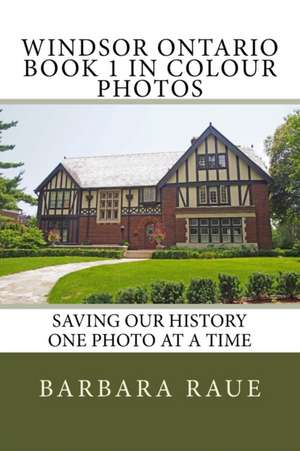Windsor Ontario Book 1 in Colour Photos
Autor Mrs Barbara Raueen Limba Engleză Paperback
Preț: 82.79 lei
Nou
Puncte Express: 124
Preț estimativ în valută:
15.84€ • 17.26$ • 13.35£
15.84€ • 17.26$ • 13.35£
Carte disponibilă
Livrare economică 02-16 aprilie
Preluare comenzi: 021 569.72.76
Specificații
ISBN-13: 9781518861086
ISBN-10: 1518861083
Pagini: 62
Dimensiuni: 152 x 229 x 4 mm
Greutate: 0.13 kg
ISBN-10: 1518861083
Pagini: 62
Dimensiuni: 152 x 229 x 4 mm
Greutate: 0.13 kg
